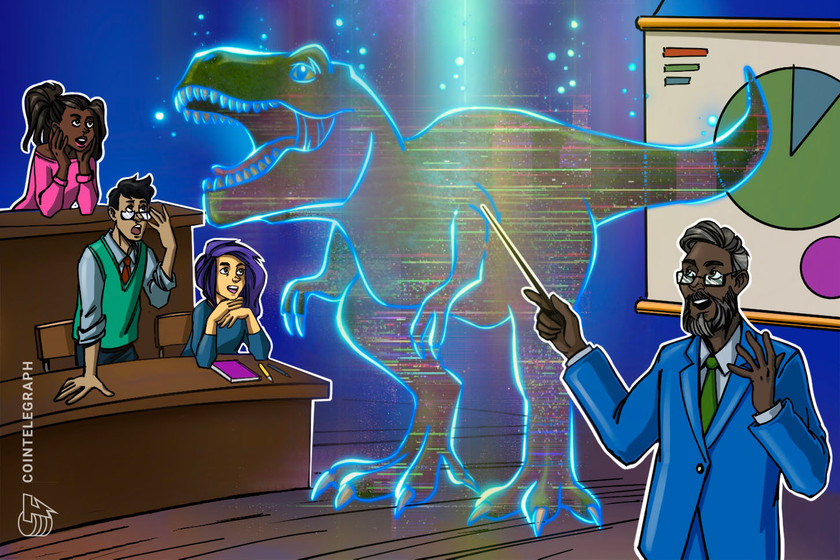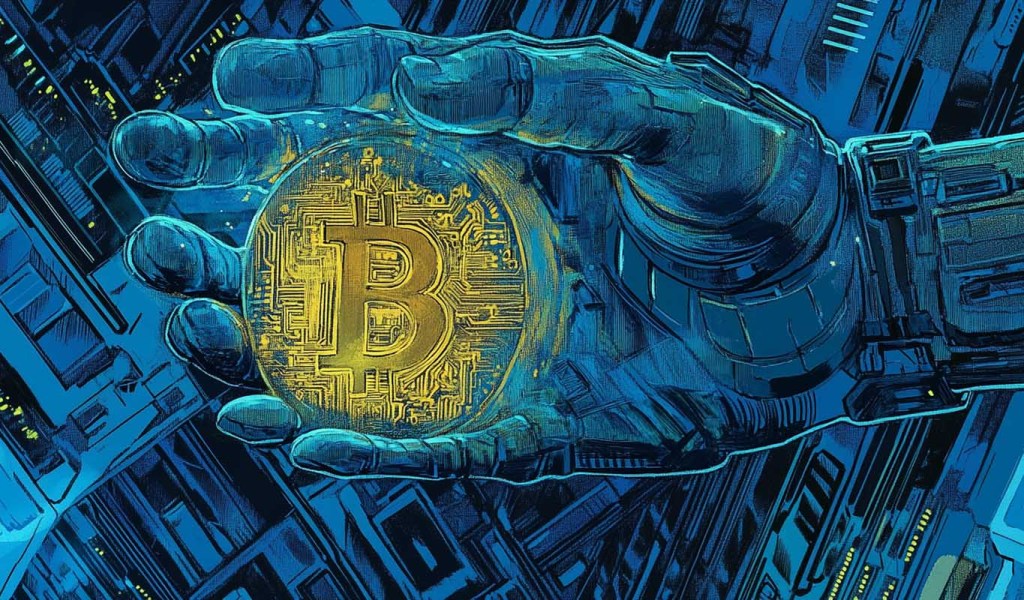
Metaverse for education: How virtual reality can help schools and colleges

The metaverse can present a new era for education, enabling decentralized classrooms and immersive learning.
Disadvantages of metaverse learning environments
While learning how the metaverse can help students and teachers showcases the benefits of metaverse education over traditional schooling, the virtual world has its downsides to consider.
While virtual reality classrooms sound fantastic on paper, there are some downsides as well. For instance, children with disabilities such as hearing and vision problems would need special accommodations they might not be able to receive. If a hearing-impaired child from China wants to attend a metaverse class hosted by an American school, it’s unlikely that the American school would be willing or able to cater to the student.
In this case, catering to a child’s disabilities would fall upon the parents and not the school. This is an unfortunate circumstance, considering that most schools provide options for disabled children.
All of this goes to show that metaverse addiction is a real possibility for children and adults. If a student utilizes their virtual reality headset both for education and entertainment, they’ll be clocking dozens of hours a week in the digital world and might be neglecting their life in the real world. More time in a virtual world requires a balance with the real one — a balance that might not be easily achieved.
Finally, there’s the case of accessibility. For metaverse education to thrive and proliferate, it must become easier for families worldwide to acquire virtual reality headsets. Otherwise, such education will be limited to a select few and not to the majority.
Benefits of metaverse learning environments
Learning how to use virtual reality in schools presents various benefits over traditional models, allowing children to “visit” places from the past or conduct dangerous experiments in a safe, virtual environment.
While Roblox and similar titles present a current way to get virtual online learning experiences, these games lack what the metaverse can provide in a few key ways.
For one, metaverse environments aren’t bound to a graphical style. Roblox, Minecraft and Fortnite all have cartoonish visual aspects to them, which can distract from the learning and remind students that they’re playing one of their favorite games.
A metaverse environment, however, can be designed to look quite realistic. Depending on their metaverse of choice, educators will have the capabilities to design an environment that’s truly stunning and bound to captivate students old and young.
This isn’t to mention that metaverse environments can replicate real-life locations, bringing the immersion to a whole new level.
Aside from visual immersion, metaverse worlds can also offer more physical interaction. Virtual reality headsets and controllers are designed to feel natural and can replicate hands and fingers while the student is wearing the gear.
As a result, educators can design learning experiences that utilize the nuanced movement of hands, like teaching students how to write or showing them sign language. Once the children are out of the virtual world and back in the real world, they’ll have the muscle memory in place, and reliving their learned experiences won’t feel any different.
Metaverse learning environments can also promote safety in a way that real-world teaching simply cannot. In the metaverse, educators will have complete control over student interactions and can limit bullying or separate children for disciplinary purposes by simply changing some permissions in the virtual space. This way, children can focus on learning instead of worrying about bullies or other distractions.
Digital environments can also prevent devastating scenarios like school shootings, as children will be spread out in their homes rather than grouped in one area.
Teaching and learning in the metaverse
Teachers can build virtual landscapes based on their lesson plans, enhancing a child’s learning with experience as opposed to reading from a book.
Teaching and learning in the metaverse may sound like a far-off concept possible only in our dreams, but similar situations already exist in our current landscape.
Take a game like Roblox, for example. Roblox enables anyone to build and share their virtual worlds akin to Minecraft and Fortnite. While this world-building concept was originally used for user creation purposes, the feature has been expanded upon to include Roblox classrooms.
Roblox classrooms consist of private servers for an educator and their students to log into, and can take place in real-world or virtual scenarios. For instance, kids can sit in a computer lab at school and all log into the same world with their teacher.
In this case, the teacher might use the virtual world to show a historical landmark through the computer monitors, but the actual communication between teacher and student will happen in the real world.
Roblox virtual learning experiences, however, are a prime example of the educational potential of metaverses. Virtual learning experiences take place over millions of user-generated worlds, and students log in at home via their devices rather than at a school.
Some of these worlds are based on physics simulations to teach students about the subject in a safe virtual environment, while others might be role-playing simulations of historical events. Such experiences represent a new form of learning in lived experiences, rather than simply reading about subjects in a book.
Of course, a virtual learning environment allows for anyone to log in from anywhere — an advantage shared by current metaverse learning environments. The difference, however, between Roblox and metaverse environments is that the latter can be much more immersive.
Metaverse opportunities for education
Students and teachers alike can meet up in the digital space via their virtual reality headsets regardless of their real-life location. Such functionality can lead to enhanced education for those willing to seek it.
A persistent alternate reality presents endless possibilities, with an especially large potential impact on education. Let’s envision one of the possible virtual reality classrooms.
Imagine a classroom full of students eager to learn about history. These students are based in various countries around the world, and their teacher lives a traveling lifestyle — constantly visiting new areas to increase their historical knowledge.
Thanks to the metaverse, both teacher and student can meet regardless of their real-world location. From there, teachers can call upon their traveled knowledge to accurately inform their students.
Then comes the visual possibilities of a metaverse school. Not only can the teacher talk about their discoveries, but they can also show students in an immersive 3D environment.
At any point, desks and chairs can give way to an in-person recreation of a historical landmark. Students can explore as they wish, asking questions and supporting their learning with first-person experiences. No longer will inquiring children have to sit bored in a sterile classroom. Instead, they can get excited about learning, thanks to the power of virtual worlds.
What is the metaverse?
The metaverse is a digital landscape that participants can use to build their own virtual environments. It’s also a space for users around the world to connect in a more human way than other methods.
The metaverse presents a brilliant method of virtually interacting with others all around the world. Anyone, anywhere can put on a virtual reality headset or utilize their web browser to log in to a virtual space and communicate with others face-to-face.
It’s best to think of the metaverse as a virtual recreation of the real world, one that users and developers can customize to their heart’s content, building anything from a metaverse school to virtual sports arenas on properties that they own. And in a world that’s becoming geographically divided due to pandemics and other disasters, it represents a way for families and friends to interact in ways unlike anything seen before.
Go to Source
Author: Max Moeller









